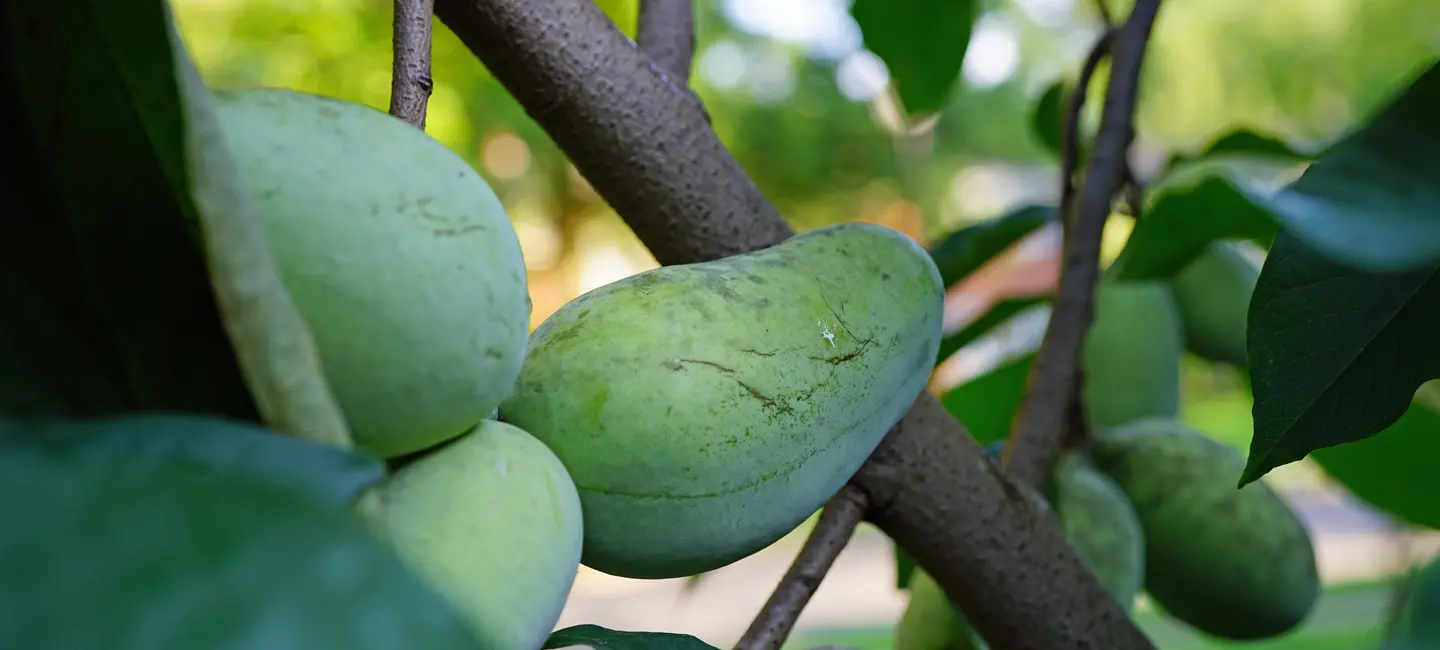
American pawpaw is a plant. The bark is used to make medicine. The fruit is eaten as food.
American pawpaw is most commonly used in homeopathic medicine. But there is no good scientific evidence to support American pawpaw for any uses.
Is It Effective?
NatMed Pro rates effectiveness based on scientific evidence according to the following scale: Effective, Likely Effective, Possibly Effective, Possibly Ineffective, Likely Ineffective, Ineffective, and Insufficient Evidence to Rate.
- Lice.
- Cancer.
- Fever.
- Swelling of the mouth and throat.
- Vomiting.
- Other conditions.
More evidence is needed to rate the effectiveness of American pawpaw for these uses.
Is it Safe?
American pawpaw has chemicals that might have activity against certain cancers.
When taken by mouth: There isn't enough reliable information to know if American pawpaw fruit or extract are safe when taken by mouth as medicine. Eating the fruit might cause hives, nausea, vomiting, headache, or faintness in some people. American pawpaw extract might cause vomiting.
When applied to the skin: American pawpaw is POSSIBLY SAFE when applied to the skin, short-term. It might cause a red, itchy rash when applied to the skin in some people.
Special Precautions & Warnings:
Pregnancy and breast-feeding: There isn't enough reliable information to know if American pawpaw is safe to use when pregnant or breast feeding. Stay on the safe side and avoid use.
It is not known if American Pawpaw interacts with any medicines. Before taking American Pawpaw, talk with your healthcare professional if you take any medications.
There are no known interactions with herbs and supplements.
There are no known interactions with foods.
The appropriate dose of American pawpaw depends on several factors such as the user's age, health, and several other conditions. At this time there is not enough scientific information to determine an appropriate range of doses for American pawpaw. Keep in mind that natural products are not always necessarily safe and dosages can be important. Be sure to follow relevant directions on product labels and consult your pharmacist or physician or other healthcare professional before using.
Annona triloba, Asimina, Asimina triloba, Asiminier, Asiminier Trilobé, Asiminier de Virginie, Banane du Pauvre Homme, Banango, Custard Apple, Dog-Banana, Hoosier Banana, Indiana Banana, Kentucky Banana, Ozark Banana, Papaye Américaine, Papaye American, Papaye Nordique, Pawpaw, Paw, Poor Man's Banana, Prairie Banana.
Information on this website is for informational use only and is not intended to replace professional medical advice, diagnosis, or treatment. While evidence-based, it is not guaranteed to be error-free and is not intended to meet any particular user’s needs or requirements or to cover all possible uses, safety concerns, interactions, outcomes, or adverse effects. Always check with your doctor or other medical professional before making healthcare decisions (including taking any medication) and do not delay or disregard seeking medical advice or treatment based on any information displayed on this website.
© TRC Healthcare 2024. All rights reserved. Use and/or distribution is permitted only pursuant to a valid license or other permission from TRC Healthcare.
